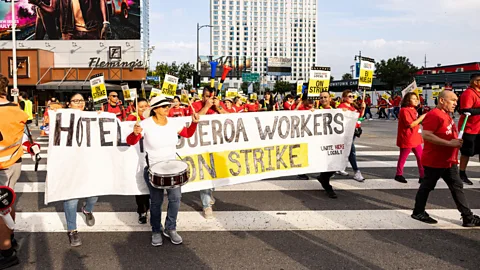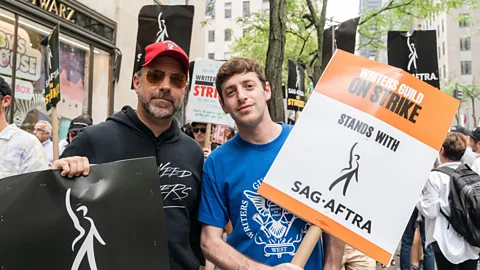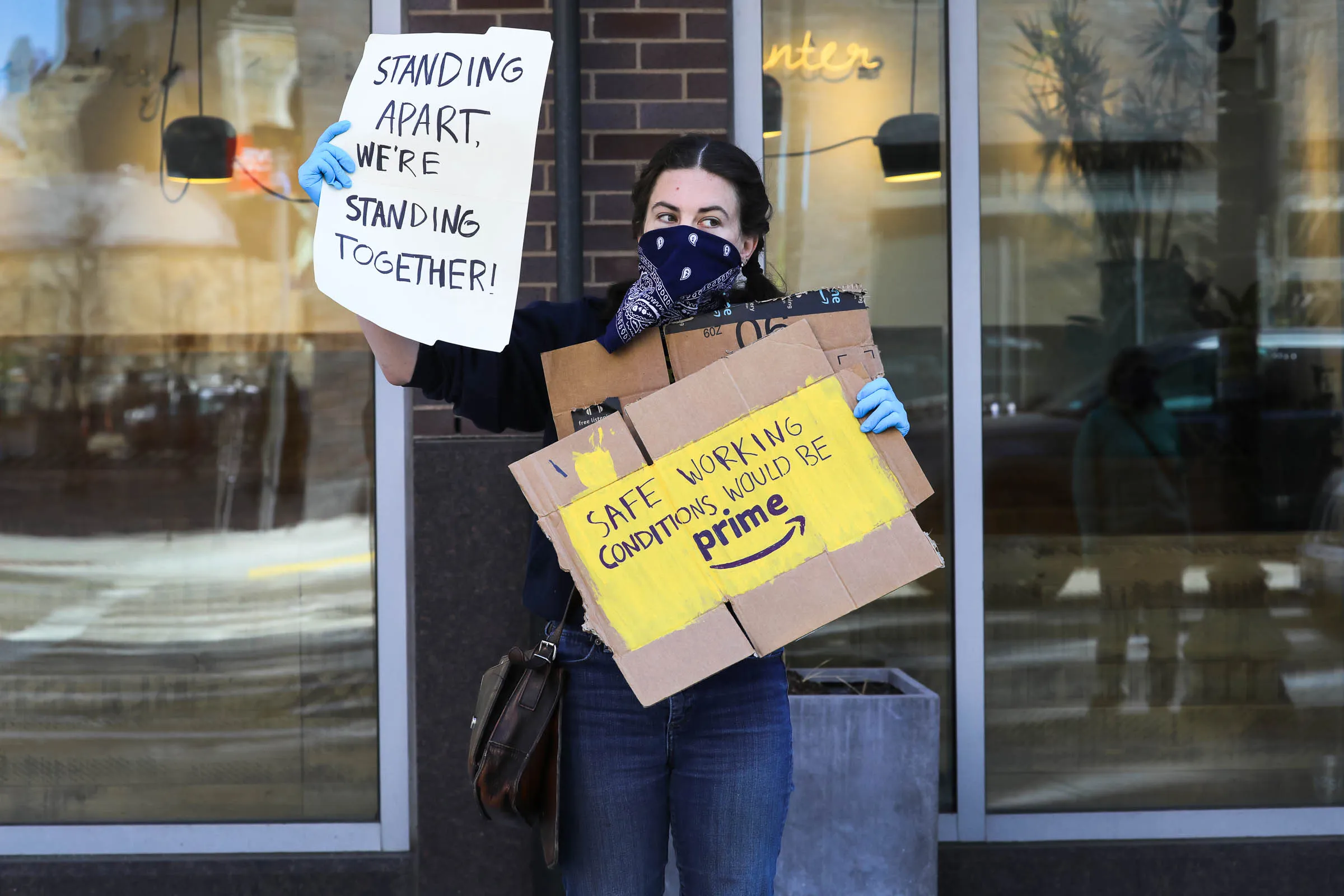- Abuse & The Abuser
- Achievement
- Activity, Fitness & Sport
- Aging & Maturity
- Altruism & Kindness
- Atrocities, Racism & Inequality
- Challenges & Pitfalls
- Choices & Decisions
- Communication Skills
- Crime & Punishment
- Dangerous Situations
- Dealing with Addictions
- Debatable Issues & Moral Questions
- Determination & Achievement
- Diet & Nutrition
- Employment & Career
- Ethical dilemmas
- Experience & Adventure
- Faith, Something to Believe in
- Fears & Phobias
- Friends & Acquaintances
- Habits. Good & Bad
- Honour & Respect
- Human Nature
- Image & Uniqueness
- Immediate Family Relations
- Influence & Negotiation
- Interdependence & Independence
- Life's Big Questions
- Love, Dating & Marriage
- Manners & Etiquette
- Money & Finances
- Moods & Emotions
- Other Beneficial Approaches
- Other Relationships
- Overall health
- Passions & Strengths
- Peace & Forgiveness
- Personal Change
- Personal Development
- Politics & Governance
- Positive & Negative Attitudes
- Rights & Freedom
- Self Harm & Self Sabotage
- Sexual Preferences
- Sexual Relations
- Sins
- Thanks & Gratitude
- The Legacy We Leave
- The Search for Happiness
- Time. Past, present & Future
- Today's World, Projecting Tomorrow
- Truth & Character
- Unattractive Qualities
- Wisdom & Knowledge
Career & Finance Fridays
Essential Services And Strikes
Have you ever been in a union job and gone on strike?
I never have, but I used to work in Human Resources and worked on Essential Service Negotiations on healthcare. The union was not yet on strike, but it was looming. We, as the HR department, had a lot of work to do to negotiate the essential service levels of nurses and other healthcare professionals in the hospitals and clinics in our region.
Not every union position is deemed essential services, but some are. For example, a retail store in my city has just recently been on strike. They are a union store, but they are not essential to the function of society and so the entire store got shut down while the strike was happening.
For positions that are considered to be essential services, negotiations are performed ahead of time to determine the level of support that will still be provided during a strike. Hospitals, for example, cannot shut down in the event of a strike - it’s a life or death circumstance for people. So the unions and management bargain and negotiate what an “essential level of service” would look like.
It might mean that there are only 2 nurses on duty per ward instead of 4. Service will still be provided, but the level of support is down to absolute bare bones.
Most schools are considered to be essential services as well - because for teachers to stop teaching for an indefinite period, it is very detrimental to the development of our young people. During strikes teachers often stop doing anything “extra.” They might stop coaching sports teams, stop doing field trips, stop marking certain assignments, or other things that don’t stop the flow of teaching, but that leave things at the bare minimum level of service to keep schools running.
It’s a very interesting concept to think about essential services in positions that might go on strike - it often makes us realize the value that certain positions bring to their fields. Without them, things just simply don’t run right.
Interesting Fact #1
During a strike, an essential service of the Government of Canada is a service necessary for the safety or security of the public, or a segment of the public, at any time. An essential service could include a(n): service facility, or activity of the Government of Canada When a service is identified as essential, it means there are reasonable grounds to believe that the safety or security of the public would be at risk if a work stoppage interrupted the duties of the public servants offering the service.
Interesting Fact #2
An ESA is an agreement between the employer and the bargaining agent for a bargaining unit that identifies the positions necessary for the employer to provide essential services.
Interesting Fact #3
Important as it may be to collective bargaining, the right to strike is not absolute. In fact, when faced with a potential danger that threatens public health and safety, some companies and certified associations must refrain from exercising their unfettered right to lockout or strike and instead negotiate the essential services that will need to be maintained if work stops.
Quote of the day
“He asked about the newspaper strike, and true to form, he couldn't understand why both parties didn't simply communicate with each other and solve their problems. I told him not everyone was as smart as he was.” ― Mitch Albom
Article of the day - How 'strike culture' took hold in the US in 2023
Hundreds of thousands of US workers have walked off the job this year. Instead of the exception, labour stoppages could become the norm.
On 14 September, when members of the United Auto Workers (UAW) union walked off the job at three Midwest auto factories owned by General Motors, Ford and Stellantis, it seemed a fitting way for the US labour movement to cap this year's summer of strikes. And collective action is only continuing.
In 2023, we've seen labour stoppages in industries of all types. Beginning in May, Hollywood screenwriters in the Writer's Guild of America (WGA) walked the picket line for 148 days before reaching a tentative deal. Actors' union SAG-AFTRA, also struck in July, and remain off the job. Starbucks workers are participating in an ongoing series of labour actions; and frontline workers including nurses, hotel staff and pilots have also walked out, with some work stoppages continuing. There have also been major near-misses: in July, the package delivery company UPS narrowly averted a strike at the eleventh hour that would have been the largest single-employer labour stoppage in US history.
Across disparate industries, workers keep fighting for similar protections: fair wages, increased safety and job security. And as these concerns proliferate, even evolve, experts say US strikes may continue. They're poised to become a common part of American workers' playbooks as they negotiate working conditions, especially as public support spikes.
 Alamy
Alamy
Unite Here Local 11 hotel workers in Los Angeles are still on strike for wage increases (Credit: Alamy)
In our strike era
It may seem like US workers are striking more, but data shows that the number of labour stoppages is roughly on par with the past several years (excluding 2020, during the pandemic).
However, while the number of strikes is relatively unchanged, if not slightly lower in 2023, the number of striking workers far outstrips prior years, due in part to unions with large membership taking to the picket line. For instance, more than 150,000 UAW workers are on strike; the WGA and SAG-AFTRA strikes combined saw more than 80,000 workers walk off the job and forgo months of pay.
"This is certainly the biggest moment for labour, and the most active period that I've seen in my career," says Sharon Block, executive director at Harvard Law School's Center for Labor and a Just Economy.
These numbers are eye-opening because, legally speaking, mass strikes in the US are tricky to pull off, let alone on such a massive scale.
American labour laws remain relatively weak compared to countries with similar economies, say experts. Firing a worker is effectively legal under federal labour law, making it difficult for unions to convince members to strike in the first place. Companies do have a legal obligation to negotiate with unionised workers, but Block says they can easily delay bargaining and break strikes with few, if any serious consequences, which means there's no guarantee workers will get the agreements they want.
Yet, this summer, US workers were still willing to take these risks.
Experts point to many reasons. Some workers are reacting to rising income inequality, especially amid soaring prices in the current flagging US economy. With employers often unwilling to boost wages to meet rising inflation, or address safety concerns in high-risk environments, workers have turned to labour stoppages to not only make daily life sustainable, but also fundamentally secure better working conditions for the future.
Our union was empowered by the outpouring of support from working families and people who had no personal stake in our strike but told us our message resonated – Stephani De Luca
"There was a shift among US workers about what's acceptable in terms of conditions to accept, about their own worth in the workplace, and about standing up for themselves when those two things don't match up," says Block.
Spiking solidarity
At the core of many of these strikes are demands for liveable wages, job security, better working conditions and employee input into rapidly developing tech like AI that could fundamentally destabilise entire industries.
In auto plants, says William B Gould IV, professor emeritus of law at Stanford University and a former chairman of the National Labor Relations Board, workers are increasingly taking on overtime to compensate for a relative decline in earnings. Meanwhile, employers who don't want to pay for new workers keep pushing their existing employees into taking on more overtime. As a result, the UAW's demands include a 36% pay rise throughout the next four years as well as shortened workweeks, plus better pension support and paid healthcare for retirees.
At UPS, the Teamsters union wanted a nominal pay rise for part-time workers. But perhaps more significantly, one of their key contract demands was better investment in essential safety equipment, including the installation of air conditioning units for delivery trucks, whose drivers are often operating in temperatures well above 100F (38C). The Teamsters represent about 350,000 full- and part-time UPS workers, who were willing to walk off the job until the company met their demands.
These issues are not only important to the workers themselves – but also resonate with the American public at large, especially in the wake of the pandemic. September 2023 Morning Consult data shows nearly 60% of Americans agree worker pay should increase as CEO pay climbs, and that it's a company's obligation to provide strong worker protections, even if consumers have to absorb some of the costs. In terms of the UAW strike, more than 50% of US adults support the labour stoppage.
 Alamy
Alamy
High profile celebrities, including Ted Lasso's Jason Sudekis, walked the picket line with WGA and SAG-AFTRA members this summer (Credit: Alamy)
Many members of the American public have expressed agreement that worker demands are increasingly justified. And strikes have become an essential part of the US conversation, with extraordinary press coverage, especially as major figures show unprecedented acts of support.
On 26 September, President Biden walked the picket line in Belleville, Michigan, in favour of the striking auto workers, and met with UAW president Sean Fain. In New York and Hollywood, a slew of major celebrities walked in solidarity with the WGA for weeks; comedian and game show host Drew Carey paid more than a half-million dollars to feed striking writers in California for months.
These workers have also taken advantage of social media in new and increasingly effective ways to raise public support and visibility as well as provide outsiders an untold number of ways to show solidarity and even get involved.
"Our union was empowered by the outpouring of support from working families and people who had no personal stake in our strike but told us our message resonated," says Stephani De Luca, a WGA East member, who walked the picket line in New York.
'When are we going out next?'
US strike culture may continue, say experts, if workers increasingly see these movements can work.
Indeed, mass strikes throughout US history have won American workers everything from reduced hours to safer working conditions across dozens of industries. Their success is continuing in 2023 in huge ways: for example, experts have hailed the tentative agreement WGA reached with studios on 24 September as an extraordinary, historic victory, as writers secured nearly everything they asked for when the strike began.
Employers may be in for a long haul of strikes, say experts, especially as attitudes towards unions and collective action continue to be favourable, especially among young workers.
"I think the employers have hoped, after a month or so, that we would be exhausted and ready to pack it in," says Kurt Peterson, co-president of Unite Here Local 11, which represents striking hotel workers in Southern California. "But it's not true. Our workers are stronger than ever. They're picketing every day, even if they're not on strike. And the question I get most often from people is: 'When are we going out next?'"
Question of the day - Have you ever been affected by a strike that involves essential services? How did it impact you?
Employment & Career
Have you ever been affected by a strike that involves essential services? How did it impact you?










